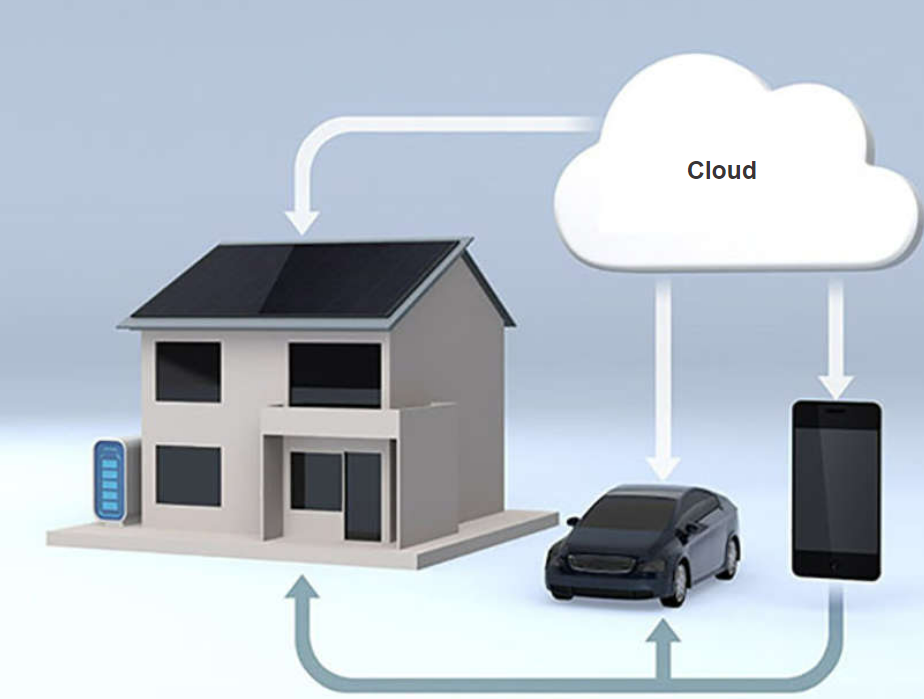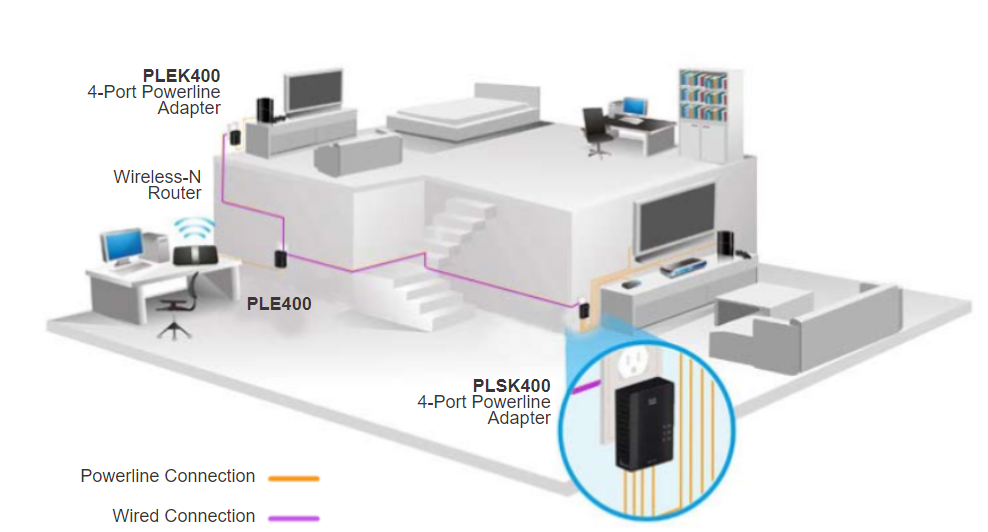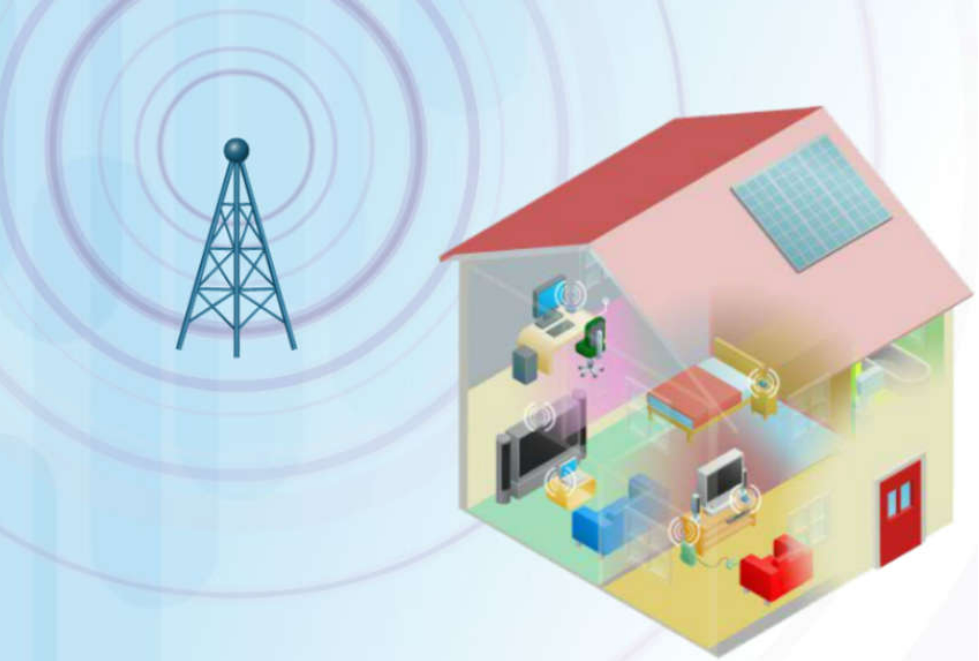Recent Trends
You know a lot about networks now, what they are made of, how they connect us, and what is needed to keep them reliable. But networks, like everything else, continue to change. There are a few trends in networking that you should know about.
As new technologies and end-user devices come to market, businesses and consumers must continue to adjust to this ever-changing environment. There are several networking trends that affect organizations and consumers:
Bring Your Own Device (BYOD)
Online collaboration
Video communications
Cloud Computing
Bring Your Own Device (BYOD)
The concept of any device, for any content, in any manner, is a major global trend that requires significant changes to the way we use devices and safely connect them to networks. This is called Bring Your Own Device (BYOD).
BYOD enables end users the freedom to use personal tools to access information and communicate across a business or campus network. With the growth of consumer devices, and the related drop in cost, employees and students may have advanced computing and networking devices for personal use. These include laptops, notebooks, tablets, smart phones, and e-readers. These may be purchased by the company or school, purchased by the individual, or both.
BYOD means any device, with any ownership, used anywhere.
Online Collaboration
Individuals want to connect to the network, not only for access to data applications, but also to collaborate with one another. Collaboration is defined as “the act of working with another or others on a joint project.” Collaboration tools, like Cisco WebEx and Microsoft Teams give employees, students, teachers, customers, and partners a way to instantly connect, interact, and achieve their objectives.
Important points about collaboration:
Critical and strategic priority that organizations are using to remain competitive.
Education: Students need to collaborate to assist each other in learning, to develop the team skills used in the workforce, and to work together on team-based projects.
Video Communications
Another facet of networking that is critical to the communication and collaboration effort is video. Video is used for communications, collaboration, and entertainment. Video calls are made to and from anyone with an internet connection, regardless of where they are located.
Video conferencing is a powerful tool for communicating with others, both locally and globally. Video is becoming a critical requirement for effective collaboration as organizations extend across geographic and cultural boundaries.
Cloud Computing
Cloud computing is a technology that enables individuals and businesses to access and store data, as well as run applications over the internet. It offers a range of benefits, including the ability to store personal files, back up entire drives, and access applications like word processing and photo editing from any device anywhere in the world. Cloud computing is made possible by data centers, which are facilities housing computer systems and components.
Large organizations often build and maintain their own private data centers to store and manage their data. In contrast, smaller organizations can reduce costs by leasing server and storage services from larger cloud providers. These cloud providers often store data in distributed data centers to enhance security, reliability, and fault tolerance.
There are four primary types of clouds: Public clouds, Private clouds, Hybrid clouds, and Community clouds, as shown in the table.
Cloud Types
| Cloud Type | Description |
|---|---|
| Public Cloud | Cloud-based applications and services offered in a public cloud are made available to the general population. Services may be free or are offered on a pay-per-use model, such as paying for online storage. The public cloud uses the internet to provide services. |
| Private Cloud | Cloud-based applications and services offered in a private cloud are intended for a specific organization or entity, such as a government. A private cloud can be set up using the organization’s private network, though this can be expensive to build and maintain. A private cloud can also be managed by an outside organization with strict access security. |
| Hybrid Cloud | A hybrid cloud is made up of two or more clouds (example: part private, part public), where each part remains a distinct object, but both are connected using a single architecture. Individuals on a hybrid cloud would be able to have degrees of access to various services based on user access rights. |
| Community Cloud | A community cloud is created for exclusive use by specific entities or organizations. The differences between public clouds and community clouds are the functional needs that have been customized for the community. For example, healthcare organizations must remain compliant with policies and laws (e.g., HIPAA) that require special authentication and confidentiality. Community clouds are used by multiple organizations that have similar needs and concerns. Community clouds are similar to a public cloud environment, but with set levels of security, privacy, and even regulatory compliance of a private cloud. |
Technology Trends in the Home
Networking trends are not only affecting the way we communicate at work and at school, but also changing many aspects of the home. The newest home trends include ‘smart home technology’.
Smart home technology integrates into every-day appliances, which can then connect with other devices to make the appliances more smart or automated. For example, you could prepare food and place it in the oven for cooking prior to leaving the house for the day. You program your smart oven for the food you want it to cook. It would also be connected to your calendar of events so that it could determine what time you should be available to eat and adjust start times and length of cooking accordingly. It could even adjust cooking times and temperatures based on changes in schedule. Additionally, a smart phone or tablet connection lets you connect to the oven directly, to make any desired adjustments. When the food is ready, the oven sends an alert message to you (or someone you specify) that the food is done and warming.
Smart home technology is currently being developed for all rooms within a house. Smart home technology will become more common as home networking and high-speed internet technology expands.

Powerline Networking
Powerline networking for home networks uses existing electrical wiring to connect devices, as shown in the figure.

Using a standard powerline adapter, devices can connect to the LAN wherever there is an electrical outlet. No data cables need to be installed, and there is little to no additional electricity used. Using the same wiring that delivers electricity, powerline networking sends information by sending data on certain frequencies.
Powerline networking is especially useful when wireless access points cannot reach all the devices in the home. Powerline networking is not a substitute for dedicated cabling in data networks. However, it is an alternative when data network cables or wireless communications are not possible or effective.
Wireless Broadband
In many areas where cable and DSL are not available, wireless may be used to connect to the internet.
Wireless Internet Service Provider
A Wireless Internet Service Provider (WISP) is an ISP that connects subscribers to a designated access point or hot spot using similar wireless technologies found in home wireless local area networks (WLANs). WISPs are more commonly found in rural environments where DSL or cable services are not available.
Although a separate transmission tower may be installed for the antenna, typically the antenna is attached to an existing elevated structure, such as a water tower or a radio tower. A small dish or antenna is installed on the subscriber’s roof in range of the WISP transmitter. The subscriber’s access unit is connected to the wired network inside the home. From the perspective of the home user, the setup is not much different than DSL or cable service. The main difference is that the connection from the home to the ISP is wireless instead of a physical cable.
Wireless Broadband Service
Another wireless solution for the home and small businesses is wireless broadband, as shown in the figure.

This solution uses the same cellular technology as a smart phone. An antenna is installed outside the house providing either wireless or wired connectivity for devices in the home. In many areas, home wireless broadband is competing directly with DSL and cable services.